
Peaceful scene at Île-aux-Moines.
Slow living on Île-aux-Moines
Île-aux-Moines is the largest of the islands in the Gulf of Morbihan. It has been inhabited since the Stone Age. There is a ferry every half hour from Port-Blanc in Baden to Île-aux-Moines. Once on the island, rent a bike to get around. Cycling is the most popular mode of transport here, and locals have painted the roads so that foreigners who don’t speak French can cycle around the island.
Île-aux-Moines is famous in part for its ancient stone circles and stone stelae. Stone-age people built stone circles to mark burial sites or to perform religious rituals. The Kergonan stone circle on Île-aux-Moines, with a radius of 70m, is the largest stone circle in Europe. The Penhap stone tomb, not far away, is elaborately decorated with carvings of gods and ancient household tools. Both structures have been recognized as national historical monuments in France. Cyclists following the blue lines will visit Kergonan, Penhap and other stone structures.
If you cycle along the yellow arrows, you will reach the village on the island. This small village of less than 700 people has 500-year-old houses that are still standing. Recently, some architects have participated in restoring the old houses on Île-aux-Moines. They have also built some new houses in the old architectural style. Tourists can just walk or cycle through the nooks and crannies between the houses to enjoy the ancient beauty of the village. When your feet are tired, stop at a cafe or restaurant in the middle of the village to sip a cup of coffee, a piece of specialty galette and watch the people passing by.
The Church of St. Michael in Île-aux-Moines is as small and pretty as the island itself. The foundations of the church date back to the ninth century, when Brittany was an independent kingdom. Although it has undergone many renovations, it still retains the simple architecture of a pre-Gothic country church. Visitors can climb the church's bell tower for panoramic views of the island.

Center of Île-aux-Moines village.
The beaches of Île-aux-Moines are nothing short of pristine. They are great places to walk or lie down after a day of watching the sunset. In the fall, schools of red mullet swim from the sea into the island’s rivers to spawn. If you are a fishing enthusiast, visit Île-aux-Moines at this time.
And other islands
In addition to Île-aux-Moines, Brittany has a number of interesting islands. There is a network of motorboats and ferries connecting these islands, so visitors do not need to worry about transportation. One of the most interesting is Île-de-Bréhat. This island was originally a land mass, but geological activity has split Île-de-Bréhat into two main islands and several smaller islands close together. Because the island lies in the path of the warm Gulf Stream, the climate on Île-de-Bréhat is very different from the mainland, with a subtropical feel. The island is home to palm trees, eucalyptus, clematis, hydrangeas and geraniums that grow only in warmer southern Europe. Many migratory birds such as gulls, cormorants and puffins are also attracted to Île-de-Bréhat's warm climate and nest on the cliffs and rocky beaches of the island.
Ouessant Island (also known as Ushant) is often referred to as the “sentry” because it guards the entrance to the Strait of Mache. This is also the westernmost point of France. Because of Ouessant’s location, many naval battles have occurred around the island between the French and British navies. Some historical relics of these battles, after being salvaged from the sea, are on display at the island’s museum. Ouessant is also famous for appearing in many works by poet Rudyard Kipling, novelist CS Forester, director Éric Rohmer, etc. And it is impossible not to mention the sheep that only exist on Ouessant Island. Ouessant sheep are the smallest breed of sheep in the world and are mainly black sheep. Visitors to the island should not forget to buy one or two rolls of Ouessant sheep wool as gifts.
Île de Sein is famous for two things: its lack of trees and the traditional hats worn by its women. The women of Île de Sein, influenced by their Welsh ancestors, wear cloth hats that are twice as tall as their heads. In the Middle Ages, there was a legend that the women of Île de Sein were actually mermaids in human form. Whenever a ship passed by the island, the mermaids would use their beauty and hats to attract the men on board, forcing them to sail to the island. When the tide receded, the ships would run aground on the coral reefs around the island. The legend is of course untrue, but tourists still come to Île de Sein today to listen to the stories and then dive into the sea and visit the colorful coral reefs.
Source










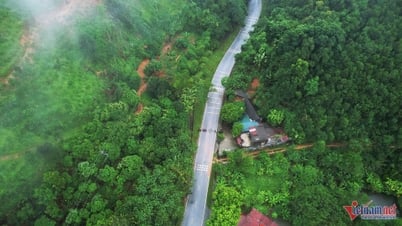

















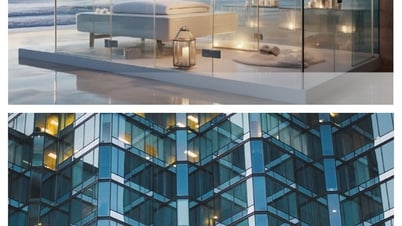


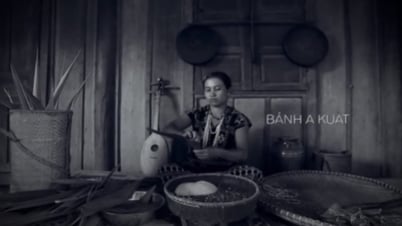


![[Photo] Nearly 104,000 candidates in Hanoi complete procedures to take the 10th grade entrance exam](https://vphoto.vietnam.vn/thumb/1200x675/vietnam/resource/IMAGE/2025/6/7/7dbf58fd77224eb583ea5c819ebf5a4e)










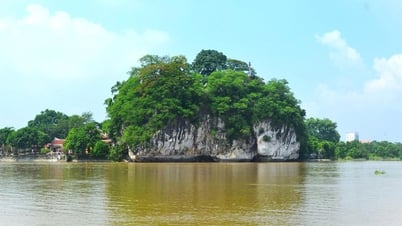

























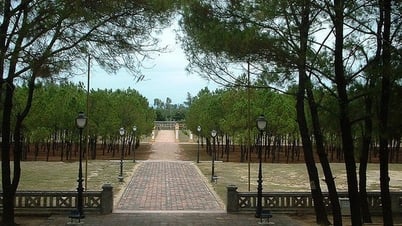



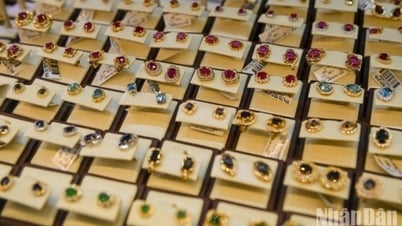



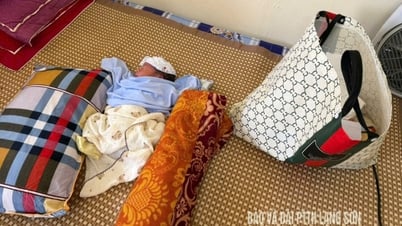











![[OCOP REVIEW] Tu Duyen Syrup - The essence of herbs from the mountains and forests of Nhu Thanh](https://vphoto.vietnam.vn/thumb/402x226/vietnam/resource/IMAGE/2025/6/5/58ca32fce4ec44039e444fbfae7e75ec)







Comment (0)